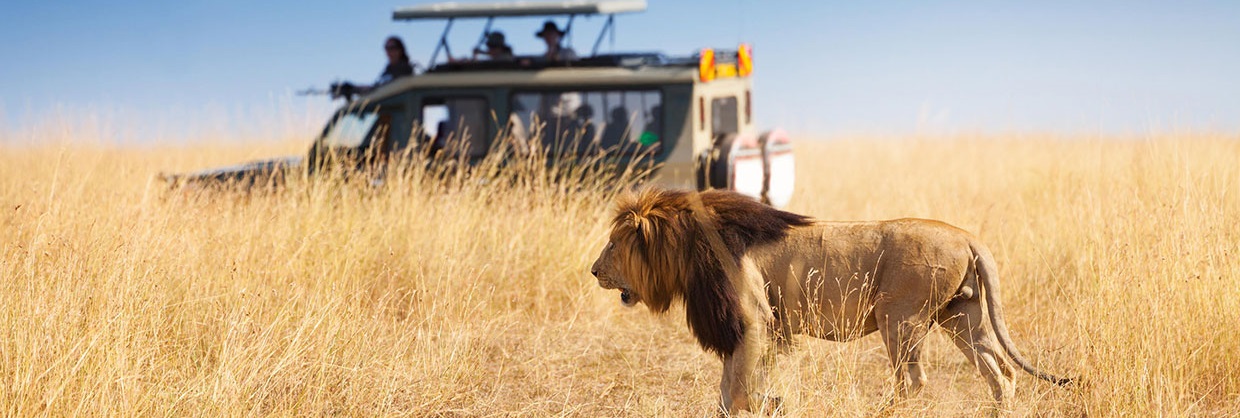MASAI MARA NATIONAL RESERVE

Maasai Mara is one of the most famous and important wildlife conservation and wilderness areas in Africa, world-renowned for its exceptional populations of lion, African leopard, cheetah and African bush elephant. It also hosts the Great Migration, which secured it as one of the Seven Natural Wonders of Africa, and as one of the ten Wonders of the World.
The total area under conservation in the Greater Maasai Mara ecosystem amounts to almost 1,510 km2 (580 sq. mi). It is the northernmost section of the Mara-Serengeti ecosystem, which covers some 25,000 km2 (9,700 sq. mi) in Tanzania and Kenya. It is bounded by the Serengeti Park to the south, the Siria / Oloololo escarpment to the west, and Maasai pastoral ranches to the north, east and west. Rainfall in the ecosystem increases markedly along a southeast–northwest gradient, varies in space and time, and is markedly bimodal. The Sand, Talek River and Mara River are the major rivers draining the reserve. Shrubs and trees fringe most drainage lines and cover hillslopes and hilltops.
Maasai Mara is spectacularly vast in size – eventually expanding southwards to join Tanzania’s Serengeti Plains. This combined with Kenya’s deep commitment to conservation makes it home to incredible populations of big cats. Cheetahs, leopards, and lion can all be found in remarkable numbers. The reliable rains and rich vegetation uphold the diversity of the ecosystem. The park is also home to over 450 bird species.
The world-famous annual wildebeest migration, known as the Great Migration, takes place here every year between July and October and is said to involve more than 1.5 million animals. It’s a truly incredible sight if you’re lucky enough to witness it. The legendary frantic scramble across the Mara River, avoiding the waiting crocodiles and watchful lions, is a sight to behold. At other times of the year, the Maasai Mara is more peaceful but the Reserve is home to an excellent year-round concentration of resident plains game and predators.
In addition to superb game viewing by day, night drives with spotlights can be arranged in certain areas. Hot air ballooning is popular and is an unforgettable way for you to experience the sheer expanse of the Maasai Mara National Reserve. Of course, a visit to one of the Maasai cultural villages is sure to be a highlight on your itinerary.
BEST TIME TO VISIT MASAI MARA NATIONAL RESERVE
The best time to visit Masai Mara National Reserve is annually though the year is categorized with two seasons dry and wet seasons and during peak season between July and October is the great time to visit the reserve on nature event of wildebeest migration. Then early November to February best season to offer rewardable game viewing and other activities offered with in the park.
